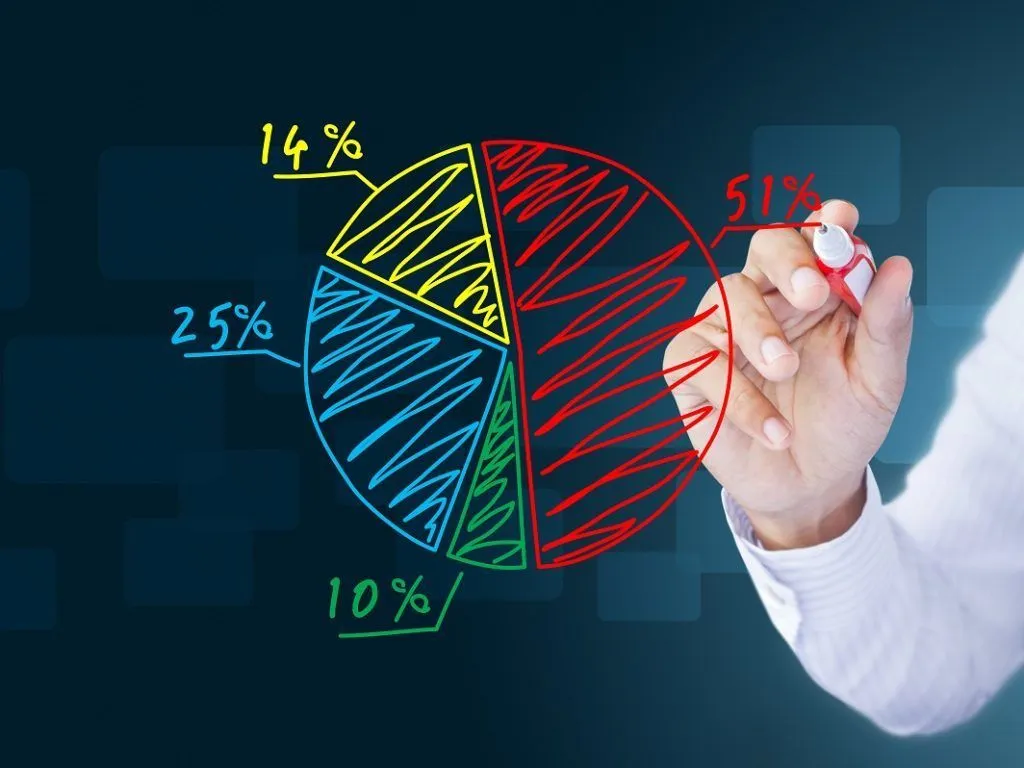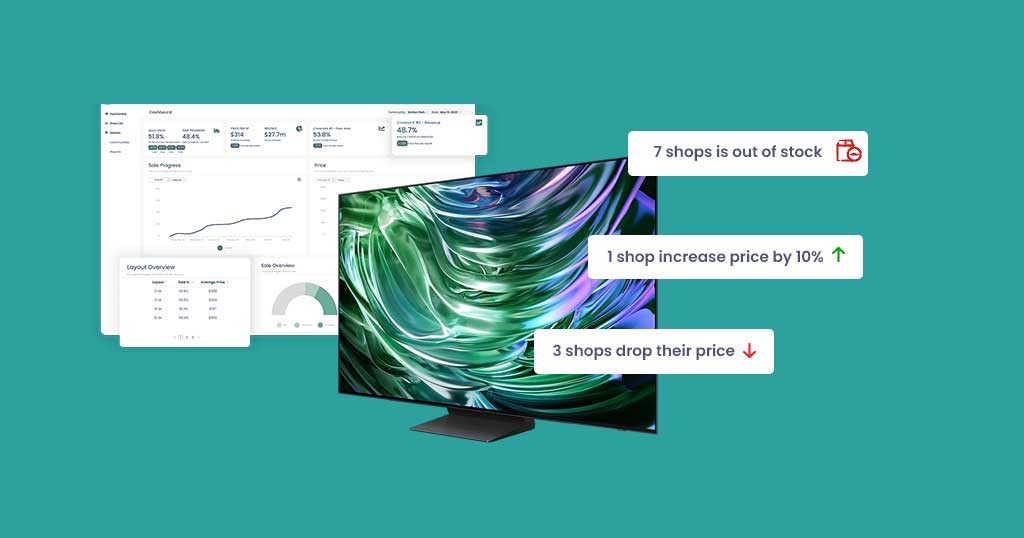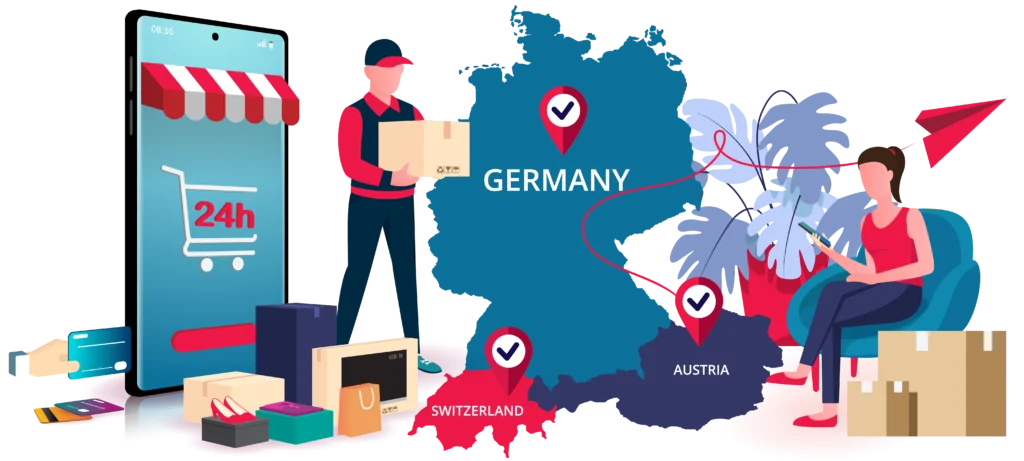- Product
- Solution for
For Your Industry
- Plans & Pricing
- Company
- Resources
For Your Industry
In today’s competitive markets, success doesn’t just depend on having great products — it depends on pricing them intelligently. The brands that win are those that understand how to use data-driven pricing to respond to market shifts, competitors, and customer demand in real time.
Traditional pricing strategies rely on fixed markups and historical assumptions. But as markets evolve daily, these static models can’t keep up. Data-driven pricing gives brands the agility to adapt, stay competitive, and capture greater market share — without sacrificing margin.
In this article, we’ll explore real-world case examples of brands that increased their market share by using data, analytics, and tgndata’s pricing intelligence solutions to make faster, smarter pricing decisions.

Data-driven pricing is the practice of setting and adjusting prices based on real-time data and analytics, rather than intuition or static rules.
Market Data Integration – Constantly track competitors, promotions, and supply fluctuations.
Customer Insight – Understand price elasticity, demand signals, and purchase intent.
Automation – Use rules and AI to adjust prices dynamically based on defined conditions.
Profit Optimization – Balance competitiveness and margin to drive sustainable growth.
When executed effectively, data-driven pricing allows companies to respond before the market moves, capturing both sales and customer loyalty.
Market share is determined not only by how many customers buy from you — but by how effectively you position your prices relative to competitors and perceived value.
If your prices are too high, customers defect to cheaper alternatives.
If they’re too low, you lose margin and signal lower value.
If they’re aligned dynamically, you balance growth and profitability.
Data-driven pricing helps you find that equilibrium through real-time insights and pricing intelligence, allowing brands to react faster than competitors and maintain visibility in price-sensitive channels like eCommerce and marketplaces.
A major electronics manufacturer struggled to maintain competitiveness across European eCommerce channels. Their pricing updates occurred weekly, meaning competitors could undercut them for days before adjustments were made.
Using tgndata’s real-time competitor price tracking and promotion monitoring, the brand automated price updates for over 50,000 SKUs daily. They also applied elasticity-based rules, ensuring price changes never compromised profitability.
Market share in the target category rose by 12% within six months.
Out-of-stock losses dropped as pricing became synchronized with demand.
Repricing decisions were reduced from days to minutes.
Real-time data transformed pricing from reactive to proactive — turning visibility into measurable market share growth.
A European fashion retailer faced heavy competition from fast-fashion marketplaces. Their promotions were manual, often overlapping or conflicting with competitor campaigns.
By adopting tgndata’s promotion tracking and pricing alert system, the retailer gained daily insights into competitor markdowns, seasonal campaigns, and average price positions.
They used this data to launch targeted promotions at optimal times, ensuring offers appeared right before or after competitors’ moves — maximizing visibility while avoiding unnecessary discounts.
10% increase in conversion rates during promotional periods.
6% growth in new customer acquisition.
Improved brand perception through consistent pricing and value alignment.
Strategic timing and pricing visibility helped this retailer shift from following competitors to leading market trends.
A global consumer goods brand was losing share to private-label competitors that undercut prices by 5–10%. Their pricing team needed to remain competitive without sparking a race to the bottom.
Using tgndata’s data-driven pricing analytics, they segmented competitors into three tiers: premium, direct, and budget.
Dynamic rules were then applied:
Maintain a 2% lead over budget brands.
Match or undercut direct competitors by up to 1%.
Stay 5% below premium competitors when necessary.
8% increase in unit sales without reducing overall margin.
4% market share growth within one year.
Improved strategic confidence across sales and marketing teams.
Data-driven differentiation helped the brand avoid discount traps while gaining share through precision and strategy.
Across all three case examples, successful brands shared the same foundational practices:
| Data-Driven Practice | Impact |
|---|---|
| Real-Time Monitoring | Captured changes faster, reducing competitive lag. |
| Promotion Tracking | Improved timing and ROI of discount campaigns. |
| Automated Alerts | Prevented over-discounting and preserved margin. |
| Cross-Functional Alignment | Unified pricing, marketing, and sales strategies. |
| Performance Analytics | Linked pricing decisions directly to market share outcomes. |
Data-driven pricing wasn’t just about lowering prices — it was about using insights to lead, not follow.
At tgndata, we empower brands to make informed, real-time pricing decisions through:
Accurate competitor data across markets and categories.
Promotions and price change alerts that keep teams ahead.
Intuitive dashboards for market position tracking and trend analysis.
By integrating tgndata’s pricing intelligence platform, brands gain the visibility and agility needed to expand market share sustainably — without sacrificing profitability.
The case examples prove a clear point — data-driven pricing is the difference between reacting and leading.
Brands that integrate real-time data into pricing decisions consistently outperform those relying on static models. They gain market share not by discounting deeper, but by acting faster, smarter, and more strategically.
With tgndata, companies can transform pricing from an operational task into a competitive growth engine — built on insight, speed, and precision.













Missing an important marketplace?
Send us your request to add it!